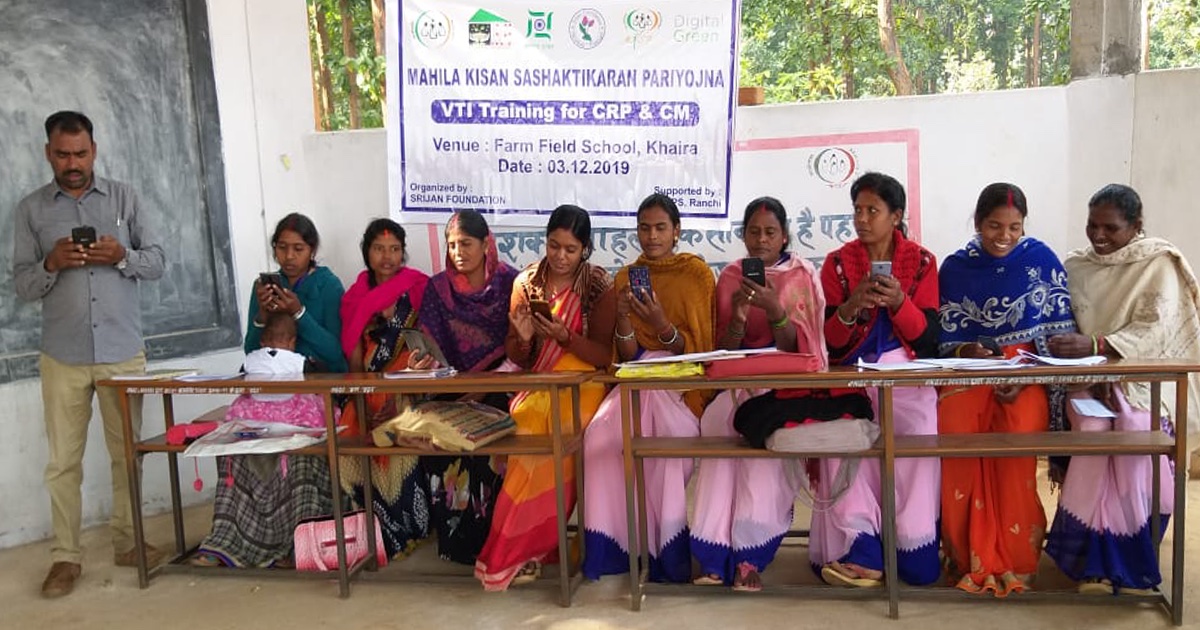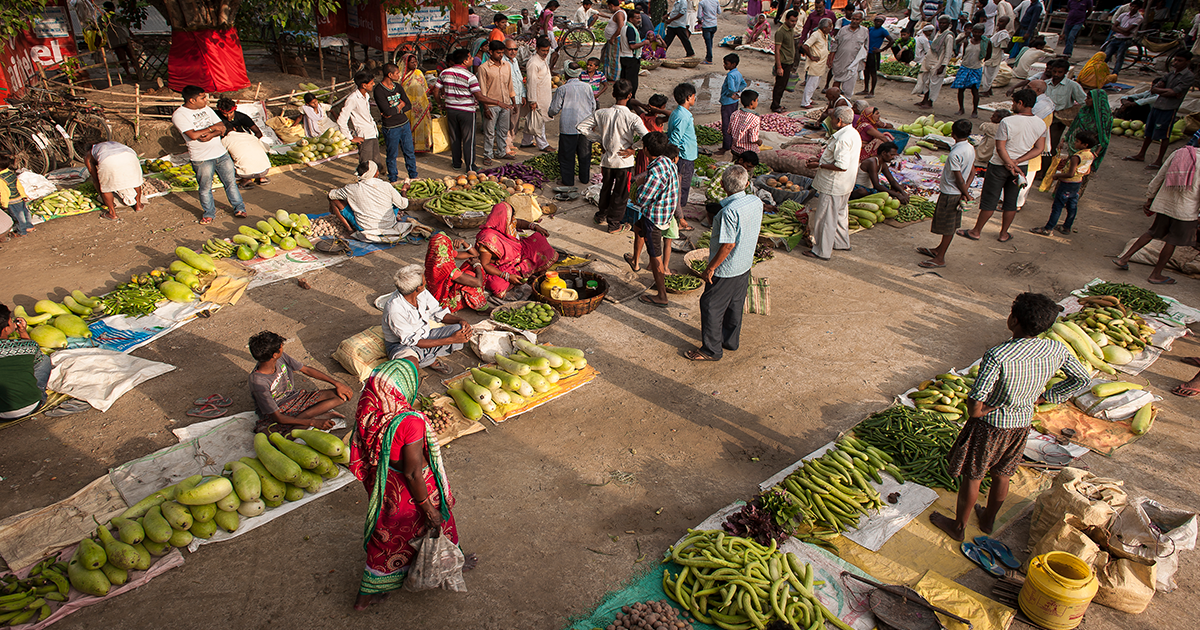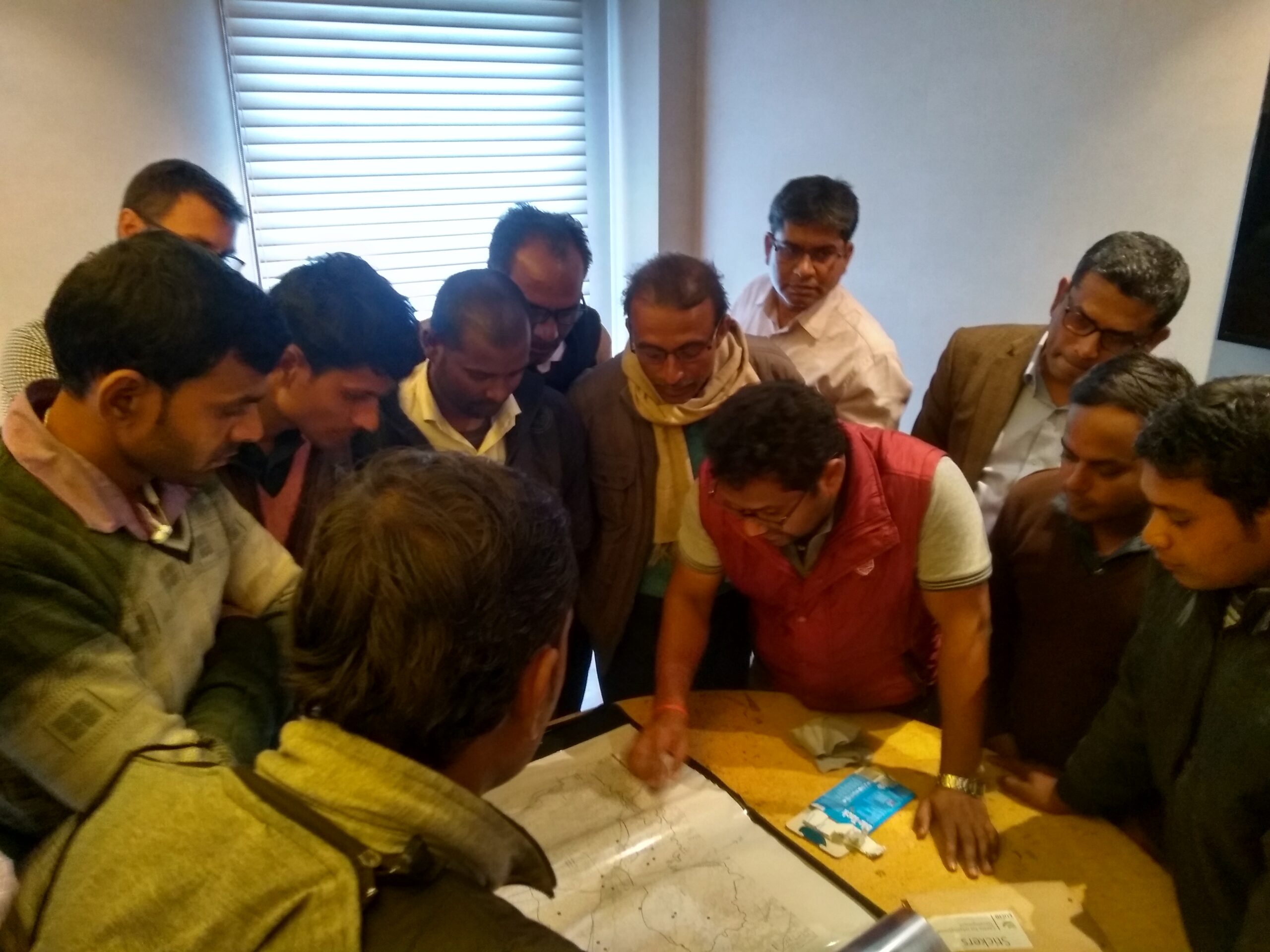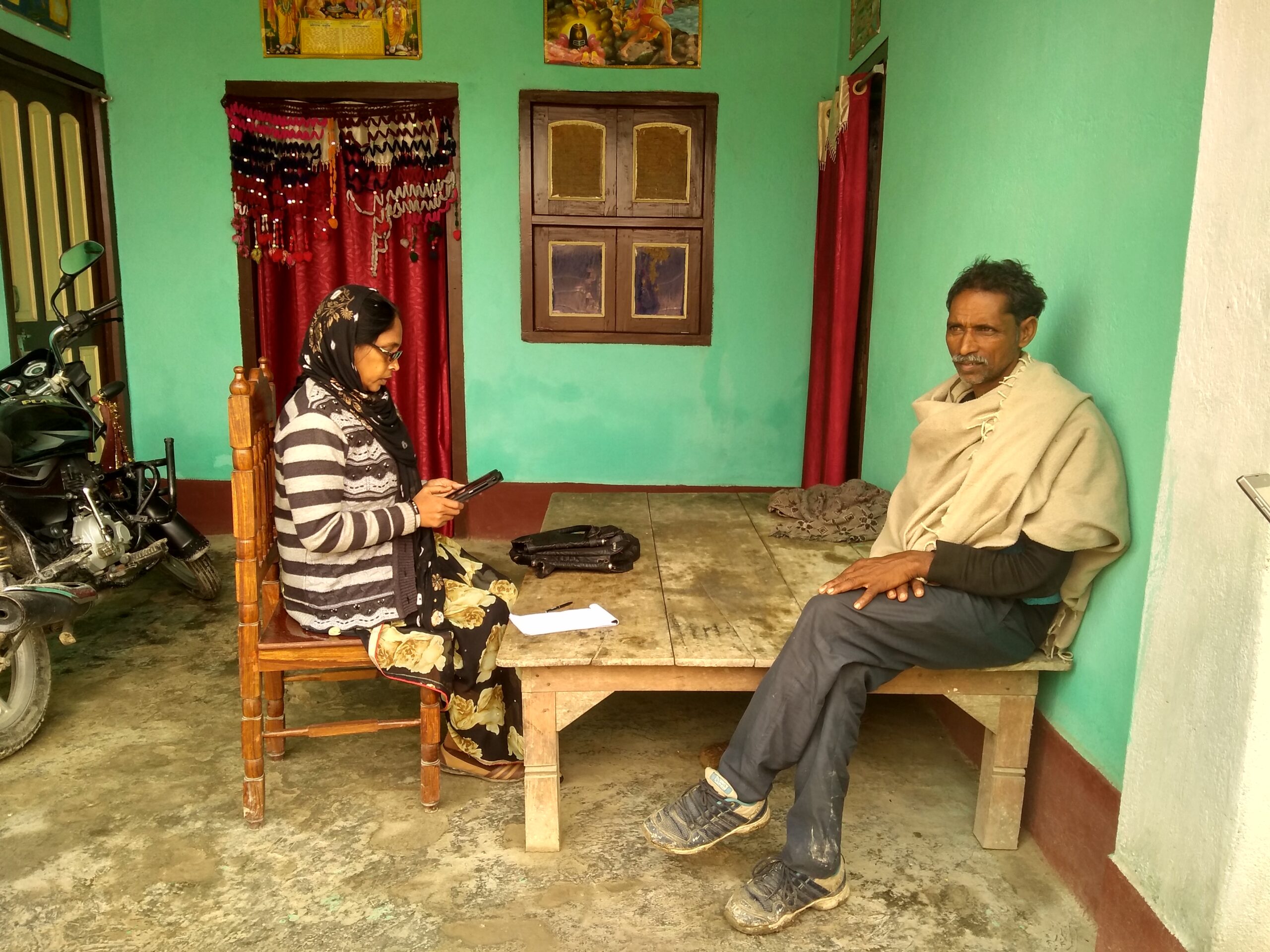Agriculture extension workers engaged by the Government of India to share agricultural best practices among smallholder farmers play a critical role in building the capacity of farmers. To boost their reach and effectiveness, Digital Green trains them on using the community-based, video-enabled extension approach, which involves localized video creation, facilitated screenings and data tracking. To scale this approach in a cost-effective manner as well as with quality and further institutionalize it within the government’s extension structure, we created a mobile courseware, with inbuilt evaluation and accreditation. The video-based curriculum on video production and dissemination as well as agriculture and nutrition topics. The android application has in-built quizzes that test the frontline workers’ knowledge before and after they have completed watching the videos in a course. The scores are recorded and keep track of the individual frontline workers’ proficiency. A certificate issued after completing a course (on gaining a minimum of 70% marks) incentivizes the frontline workers.
With a grant from Oracle, Digital Green is currently expanding access to its mobile courseware on improved agricultural practices. This grant is supporting the development of the mobile curricula to train 800 extension workers who will further train 80,000 farmers on practices that increase agricultural productivity. This work is being carried out in Jharkhand, Andhra Pradesh and Odisha.
Jharkhand
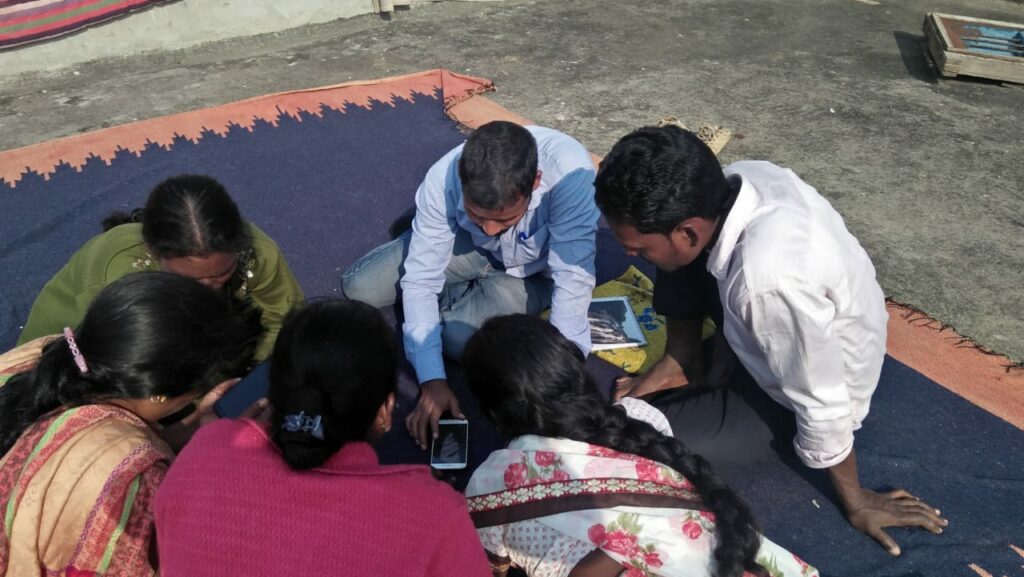
In Jharkhand, our team had rolled out courses in 22 blocks spread across 12 districts of Jharkhand in 2018 among 330 frontline workers (FLWs) (known as Aajeevika Krishak Mitras-AKMs/Community Resource Persons-CRPs in Jharkhand). These courses were on potato and pigeon pea cultivation. Based on a comparison of FLW knowledge levels before and after the course, and anecdotal feedback from the field, we found this training app to be user-friendly and effective.
Based on the previous years’ experience, in 2019, our team rolled out 14 new courses on potato and pigeon pea cultivation, non-pesticidal management (NPM) and agri-nutrition practices across the same geography. In this cycle, the team has integrated knowledge assessment within the mobile app replacing the pen and paper-based tests used in the previous year. This would enable the team to effectively assess knowledge transfer to FLWs through this intervention. The mobile courseware is built on a Community Training platform developed by Microsoft Research and our team worked with Microsoft Research to improve the application’s architecture so that the courses can be accessed through different Android phones and videos can be streamed even in limited connectivity zones.
Odisha
We reached out to farmers across Keonjhar district in Odisha to understand the demand for self-service videos. Increase in smartphone penetration, fibre connectivity, ease of understanding through a video over conventional means and need for timely advisories were factors in favour of the experiment.
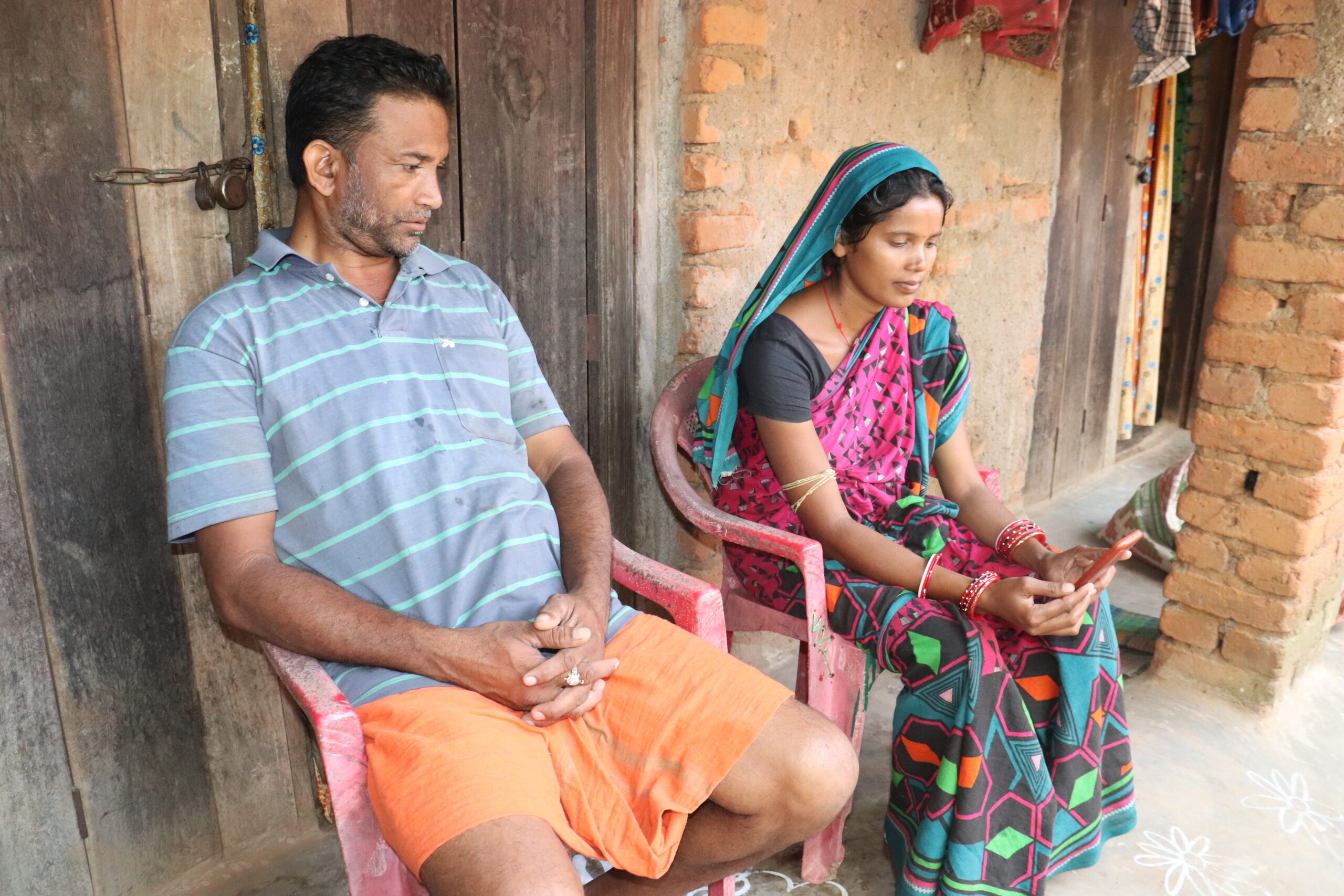
Based on the need and enthusiasm amongst the farmers for such a solution, the team is designing small video clips on paddy cultivation practices such as blast (fungal infestation) management, harvesting and drying. Each video focuses on one micro practice and is available on Digital Green’s YouTube channel. Our team collected the phone numbers of farmers who own a smartphone and added them on WhatsApp groups managed by the block-level officer of the Department of Agriculture. Links to the YouTube video clips are shared on the WhatsApp group at the precise time a farmer would need to adopt a particular practice.
There are nearly 900 farmers across 10 Gram Panchayats under the block level officer and our team is tracking viewership of the video clips on YouTube to assess the demand for self-service content by farmers owning smartphones. They are also organizing focused group discussions with the farmers to see if knowledge is being shared across the peers and any of these being translated into the uptake of practices.
